Electrical Fast Transient Performance of Renesas‘s RAA78815x Family of RS-485 Transceivers that were tested with up to 5kV EFT transients

Industrial networks using RS-485 Transceivers can be subject to electrical fast transient (EFT) bombardment on a daily base. These transients, typically occurring in the form of bursts, originate from switching transients due to the interruption (switching) of inductive loads, relay contact bounce, etc. These transients can corrupt the data between transmitting bus nodes and even damage transceiver devices, resulting in network downtime. Device internal transient suppression circuits are therefore necessary to ensure a fast recovery from EFT events in order to maintain network operation.
EFT Origin
When de-energized, inductive loads such as relays, switch contactors, or heavy-duty motors produce bursts of narrow high-frequency transients on the power distribution system. These fast transients can also be produced when the utility provider switches in or out the power factor correction equipment. A common cause of power line transients is sparking that occurs whenever an AC power cord is plugged in, equipment is switched off, or when circuit breakers are opened or closed (see Figure 1).
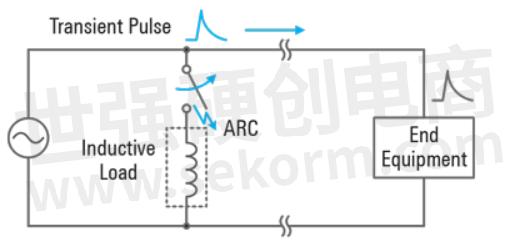
Figure 1. Generation and Coupling of Transient Noise into an End Equipment
EFT Immunity Test Standard
To assess a system’s immunity to EFT bursts, the IEC commission developed standard IEC 61000-4-4 that defines the test voltage waveform, range of test levels, test equipment, test set-up, and test procedure.
Figure 2 depicts the waveform of a single EFT pulse and Figure 3 illustrates the sequence of test pulses during a typical EFT test. Here, the EFT pulse generator creates a sequence of low-energy pulses known as a burst. Each pulse has a rise time of 5ns and a pulse duration (time-to-half value) of 50ns. The burst period is 300ms and includes 75 transients followed by a pause interval. The test allows for two repetition rates of 5kHz and 100kHz. For a pulse repetition rate of 5kHz, the 75 pulses take 15ms, while for a repetition rate of 100kHz, they only take 0.75ms.
Figure 3 depicts the minimum required test duration is two minutes and includes three 10 second windows of positive pulses, each followed by a 10-second pause interval, and three 10-second windows of negative pulses, with a 10-second pause interval. This results in a total of 15000 positive and 15000 negative pulses during a two-minute test sequence.
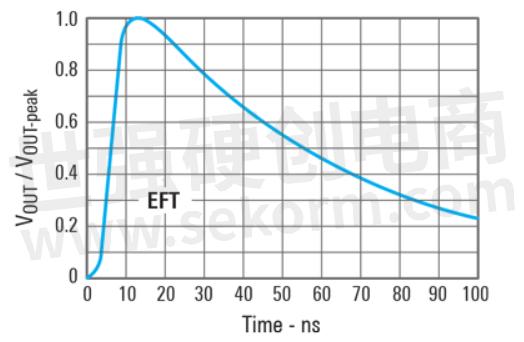
Figure 2. Waveform of Single EFT Pulse
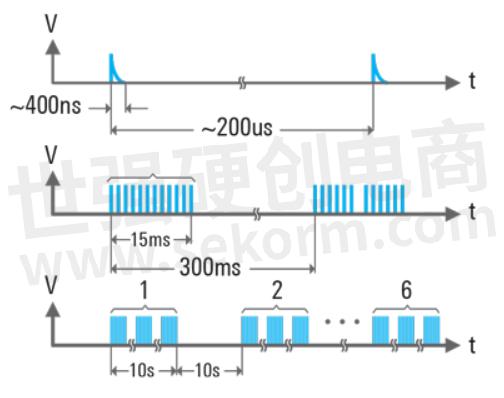
Figure 3. Timing of EFT Test Pulse Sequence
While the individual pulse represents a low-energy transient, the energy of an entire pulse train does not. For a given test voltage the energy of an EFT pulse train is about 250-times higher than the energy of a single pulse.
To test the EFT immunity of transceiver data ports, the EFT test pulses are coupled into a point-to-point data link via a capacitive clamp (Figure 4). This clamp surrounds both data lines, thus representing a common-mode test.
Figure 5 shows the five test levels for data ports. The first four levels double in voltage with each level increment. The fifth level, x, is a special level that can assume any test voltage. However, the voltage level must be specified in the manufacturer’s data sheet.

Figure 4. Test Setup for Testing Data Ports with Capacitive Clamp
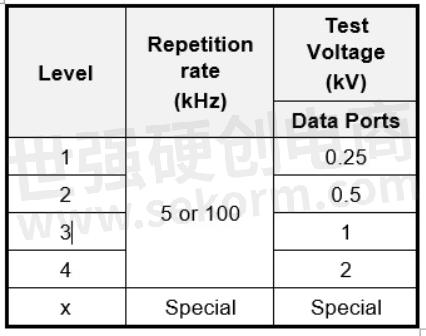
Figure 5. EFT Test Levels for Data Ports (Transceiver Bus Terminals)
EFT Immunity of RAA78815x Transceivers
The RAA78815x transceivers were tested with up to 5kV EFT transients. Before and after an EFT test, the bus and receiver output signals of the transmitting and the receiving nodes were observed for visual comparison.
In addition to the visual confirmation of normal transceiver operation, all transceivers were tested on an Automatic Test System (ATE) for parametric performance. The pass criterion required that a device did not show any parametric shift. The results showed, the RAA78815x family of 5V RS-485/RS-422 transceivers passed all EFT tests with 5kV test voltage, the highest possible test voltage of the AXOS-5 test system, which places this transceiver family into the highest special test level category (Figure 6).
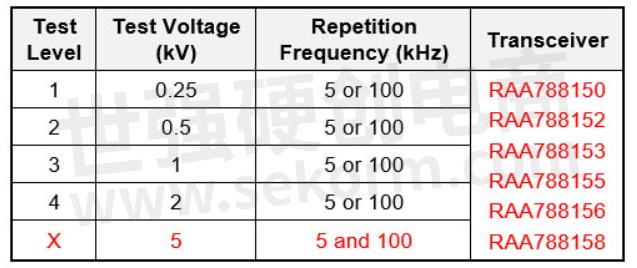
Figure 6. EFT Test Level Category for RAA78815x Transceivers
- +1 Like
- Add to Favorites
Recommend
- Renesas DSP Solution on Renesas Lab on the Cloud, Input Analog Signals Directly From A Signal Generator To The Rx231 Microcontroller Evaluation Board
- Renesas‘ Semiconductor Manufacturing Factory (Naka Factory) Fire: Production Capacity Has Recovered to 88%
- Renesas Announces 10 New Winning Combinations Integrating Celeno and Renesas Products
- Renesas & Altran to Deploy First Social Distancing Wristwatch Using Ultra-Wideband Chipset with Low Rate Pulse
- Renesas and FAW Establish Joint Laboratory to Accelerate Development of Next-Generation Smart Vehicles
- Renesas Semiconductor Manufacturing Factory (Naka Factory)‘ Production Level Has Returned to 100%
- Renesas and Sequans Expand Their 5G Collaboration including Broadband IoT Module for 5G NR FR1/FR2
- Renesas’ RAA78817x Family of RS-485 Transceivers has 3kV Immunity to Electrical Fast Transients (EFT)
This document is provided by Sekorm Platform for VIP exclusive service. The copyright is owned by Sekorm. Without authorization, any medias, websites or individual are not allowed to reprint. When authorizing the reprint, the link of www.sekorm.com must be indicated.





























































































































































































































































































































































































































































































































































































































































































































































































































































































